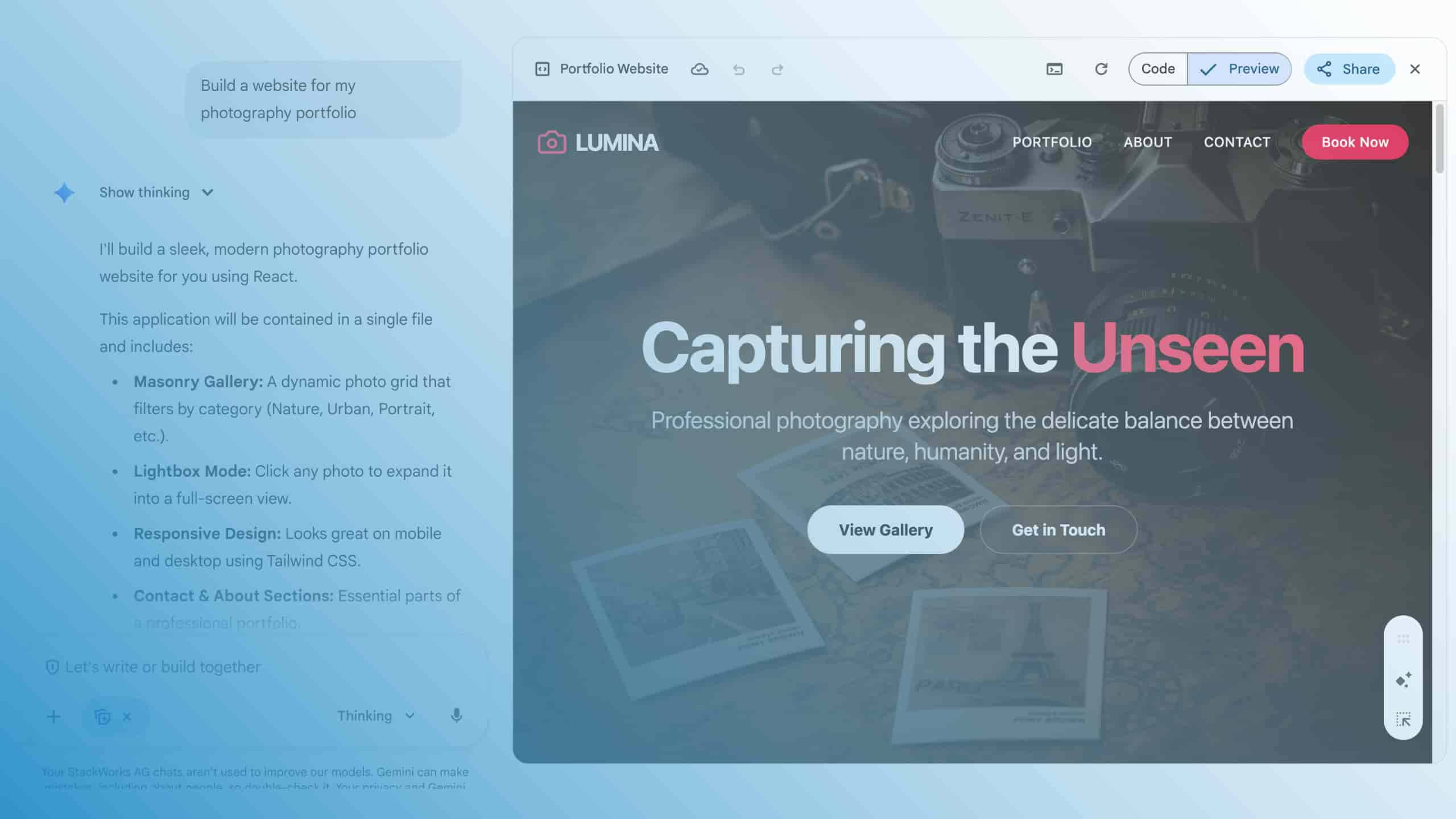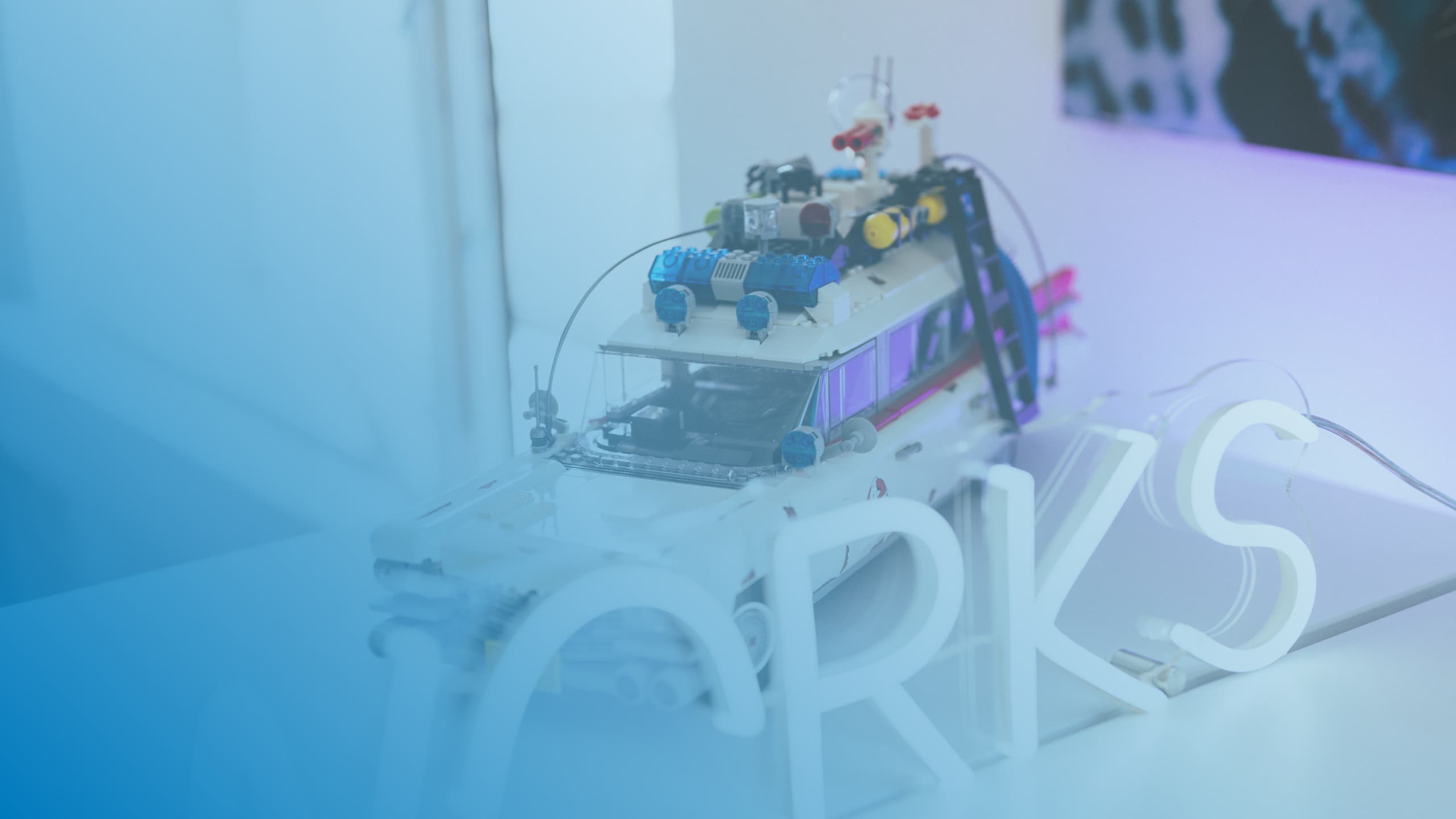Google Chrome OS - increase productivity, reduce costs

In the second part of our blog series on Google Chrome OS, you will learn what makes working with the operating system so special from the perspective of end users and system administrators. How can Chrome OS contribute to higher productivity and reduce IT costs at the same time?
When IT managers deal with the introduction of a new system, they naturally start by asking about its purchase price. In the case of Google Chrome OS, it must be taken into account that the operating system is not available separately, but only in conjunction with the corresponding hardware. In addition to Android smartphones and tablets, Google also has a Chromebook in its "Pixelbook" product family. However, Google is not yet officially selling this system in the DACH region, but is working in the markets here with partners who manufacture suitable hardware according to Google's specifications and deliver it with preinstalled Chrome OS.
Wide range of terminals
Well-known manufacturers of conventional PCs and notebooks, such as Acer, Asus, HP, Lenovo or Samsung, also offer a wide range of end devices with Chrome OS in different form factors. Thus, Chromebooks with classic notebook cases, convertibles as well as detachables and - even less common - stationary clients called Chromeboxes can be found. The latter are usually as small as an Intel NUC or similar mini-PCs, so that they fit behind a monitor via a VESA mount.
The most affordable Chromebooks are primarily aimed at the consumer market and the education sector. Corresponding devices are typically equipped with ARM processors and start from CHF 300. More powerful devices with processors from the Intel Core-i series or AMD Ryzen are available at purchase prices from CHF 500 to over CHF 1,000. Such devices, usually recognisable by the "Enterprise" suffix in the name, usually already come with the necessary licence for central administration via Google Admin Console. Consumer devices can be integrated into the central management with an "Enterprise Upgrade" licence at a price of CHF 146 per device for a one-time purchase or CHF 49 per device and year in the rental model (although there may be slight deviations depending on the exchange rate).
Those who only look at the price tag may object that Chromebooks are not significantly cheaper to purchase than conventional notebooks running Windows and Linux, but when considering the complete life cycle of a client computer, Chromebooks come into their own.

Chrome OS: Fast, simple and secure
From the end users' point of view, the simplicity, speed and security of the system should be mentioned here in particular. Sundar Pichai, now CEO of Google, and Linus Upson had already defined these as key factors in their original blog post on the development of Chrome OS:
"Speed, simplicity and security are the key aspects of Google Chrome OS. We're designing the OS to be fast and lightweight, to start up and get you onto the web in a few seconds."
Since then, Chrome OS looks back on a 10-year history, making it one of the youngest operating systems. If one starts the family tree of Microsoft Windows with the development of the first variant designed for professional use, namely Windows NT, then this operating system is already older than 30 years. The same applies to Linux, and macOS has also been around for more than 20 years since it was completely redeveloped on the basis of a UNIX kernel. Although the development of these operating systems has repeatedly seen upheavals in which individual compatibility layers to earlier versions were removed, Windows in particular, with its registry, file systems, drivers and services, still carries much of the legacy of earlier versions.
Chrome OS is positioned quite differently, as it was developed completely from scratch without having to take legacy features into account. This is already noticeable to users when they start a Chromebook.
While conventional operating systems take between 20 and over 60 seconds from switch-on to operational readiness, depending on the hardware equipment and installed applications, a Chromebook is ready for use after only a few seconds (Figure 1). Due to its special architecture (the technical details, especially with regard to the installation of updates and the security of the system, will be presented in more detail in the next article in our series...), it installs operating system updates completely in the background, which actually means "zero downtime" in operation, i.e. practically no waiting times and thus increased productivity for the end user.
Focus on total cost of ownership
IT decision-makers and administrators look not only at the purchase price, but also at the total cost of ownership (TCO) of a client computer, starting with its acquisition, through rollout and operation over several years, and finally to decommissioning. Chrome OS is ahead in all phases of the life cycle.
Traditional approaches, such as image-based deployment and packaging of applications and updates, are no longer necessary. Chromebooks receive their complete configuration, including apps, centrally from the Google Admin Console when a user logs in for the first time. Alternatively, manufacturers can provide devices for enterprise customers with zero-touch registration at the factory and deliver them preconfigured directly to the end user's home office.
Also, during the long life of a Chromebook - Google typically provides updates to new devices for eight years until Auto Update Expiration (AUE) - traditional activities, such as packaging and delivering OS and application updates and anti-virus patterns, are eliminated. And at the end of its useful life, the so-called "powerwash" removes all data from the device so that it can be disposed of without risk to information security.
In our next blog post in this series, things will get more technical: A closer look under the systems will show why managing Chrome OS is so easy. If you would like to draw up your own detailed TCO analysis, you will find help in the form of a study and a simple cost calculator by the Enterprise Strategy Group (ESG) as well as an earlier study by the analysts at Forrester.







